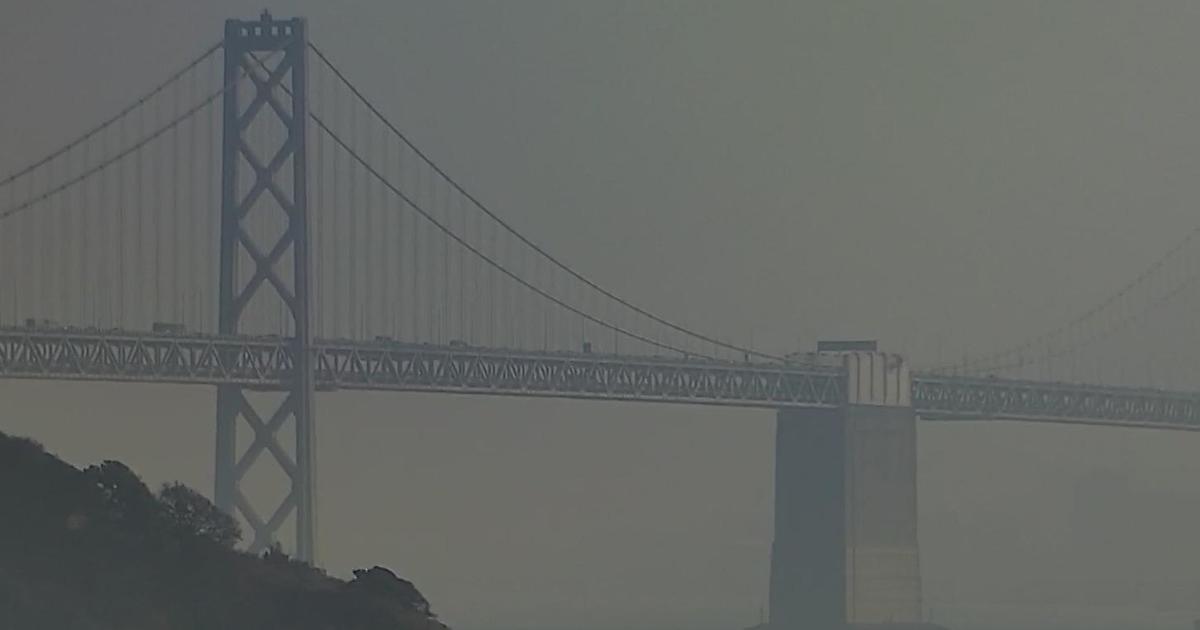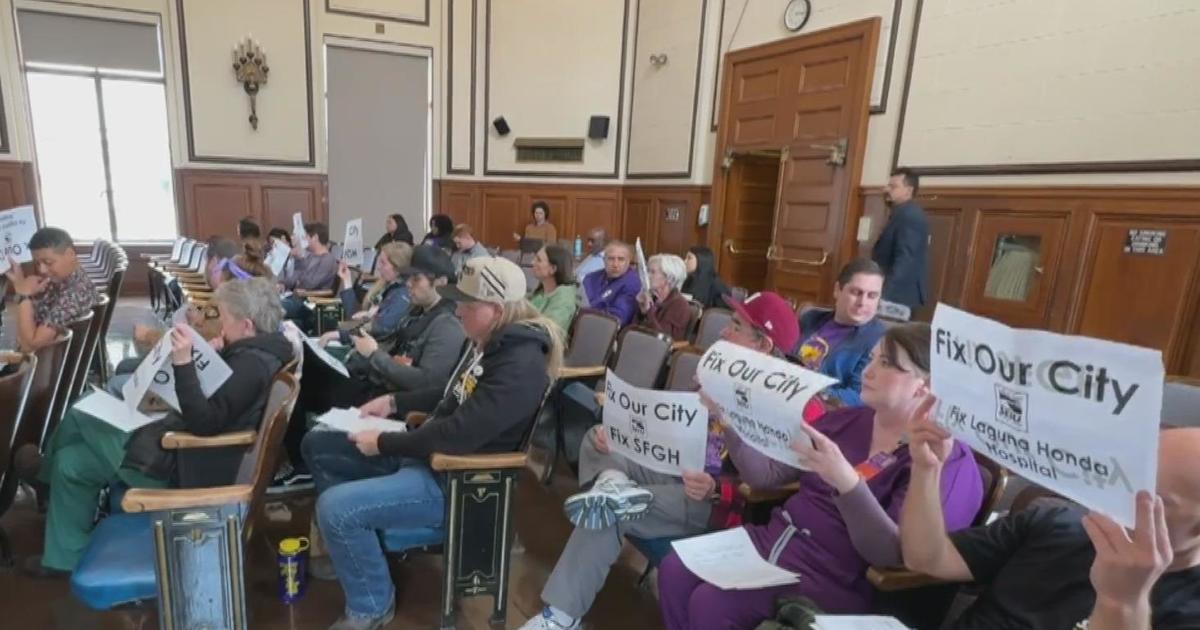'Rays Of Hope;' COVID Surge Flattening, Rate Of Transmission Declining, Says California Health Secretary Ghaly
SACRAMENTO (CBS SF) -- California is beginning to see a flattening in COVID data, including hospitalization rates, positivity rates and the rate of transmission, according to the state's top health officials.
During his weekly news conference, Health and Human Services Secretary Dr. Mark Ghaly said both hospitalization rates and ICU rates have decreased over the last two weeks, and noted the state's 7-day testing positivity rate (9.9%) is now lower than the 14-day average positivity rate (11.6%).
Since January 5, not only has the 14-day positivity rate itself dropped nearly 9%, but the state also saw an 8.5 % decrease in hospitalizations, currently at 20,262. ICU rates have also dropped 2.8% over the last seven days to 4,693.
California reported 23,794 new COVID-19 cases on Tuesday, also well below the 7-day average of 35,669 cases. Three million Californians have tested positive for the coronavirus - the most of any state - resulting in 33,739 deaths in the state as of Tuesday.
The decline in COVID case numbers was a positive sign for the direction California is going in the fight to stop the spread, Ghaly said.
"These are rays of hope shining through, with the hospitals coming down some, and that overall curve of our case numbers beginning to flatten," said Ghaly.
Dr. Ghaly also pointed to the R-effective rate, which is the measure of COVID transmission from one patient to the next. Anything above 1.0 means COVID is spreading, below 1.0 signifies the number of infected persons is decreasing. As of Tuesday, California is reporting an R-effective rate of 0.95.
"The most important detail to take is that we are below one. That supports what we are seeing in the case rates; that we are starting to see a decline. Of course we want to see this as low as possible, as far below one as we can get," said Ghaly. "But the good news is we are in a posture where the spread of COVID is not growing in the state but decreasing, just a little more slowly than we would like."
Ghaly credited interventions such as the regional stay-at-home order and hospital surge order, as well as individual efforts to avoid gatherings and wear masks in stopping the surge.
"We are over the hardest part of the surge," added Ghaly.
Ghaly also addressed progress on administering vaccinations, saying it appears the state exceeded its goal to vaccinate 1 million Californians by last Friday with 1,525,815 vaccines administered as of Tuesday out of 3,226,775 sent to the state.
"I just want to say tremendous thanks to all the partners who came together; our county partners who really worked hard to make sure that we had accurate data and that we're doing as much as we can to stand up our ability to put vaccines into the arms of Californians; to get as quickly as possible, our healthcare workers and other priority populations served," he said.
Ghaly addressed the newest variant of the COVID virus spreading in California, saying health officials were still determining the impact of the new L452R variant which has been identified in several large outbreaks in Santa Clara County including at Kaiser San Jose Medical Center.
The variant is different than the highly contagious strain that has been spreading rapidly in the United Kingdom. But the 452R variant has previously been detected in other countries and states and is now increasingly being found in multiple counties throughout California.
"[We are] working to determine if this variant, similar to the U.K. variant, has any increase in infectiousness, what its impact might be on vaccinations, and other areas of concern," said Ghaly. "Still determining not just how broad this variant is across our state, but also the exact specifics on what the variant will mean in terms of infectiousness and impact on things like virulence, how severe the disease is and if there's any implications on the efficacy effectiveness of vaccines."
On Monday, the U.S. Centers for Disease Control and Prevention said there have been 88 cases of the variant have been detected in the United States -- 40 in California.
In addition to Santa Clara County, the 452R variant has been detected in Humboldt, Lake, Los Angeles, Mono, Monterey, Orange, Riverside, San Francisco, San Bernardino, San Diego and San Luis Obispo counties.



